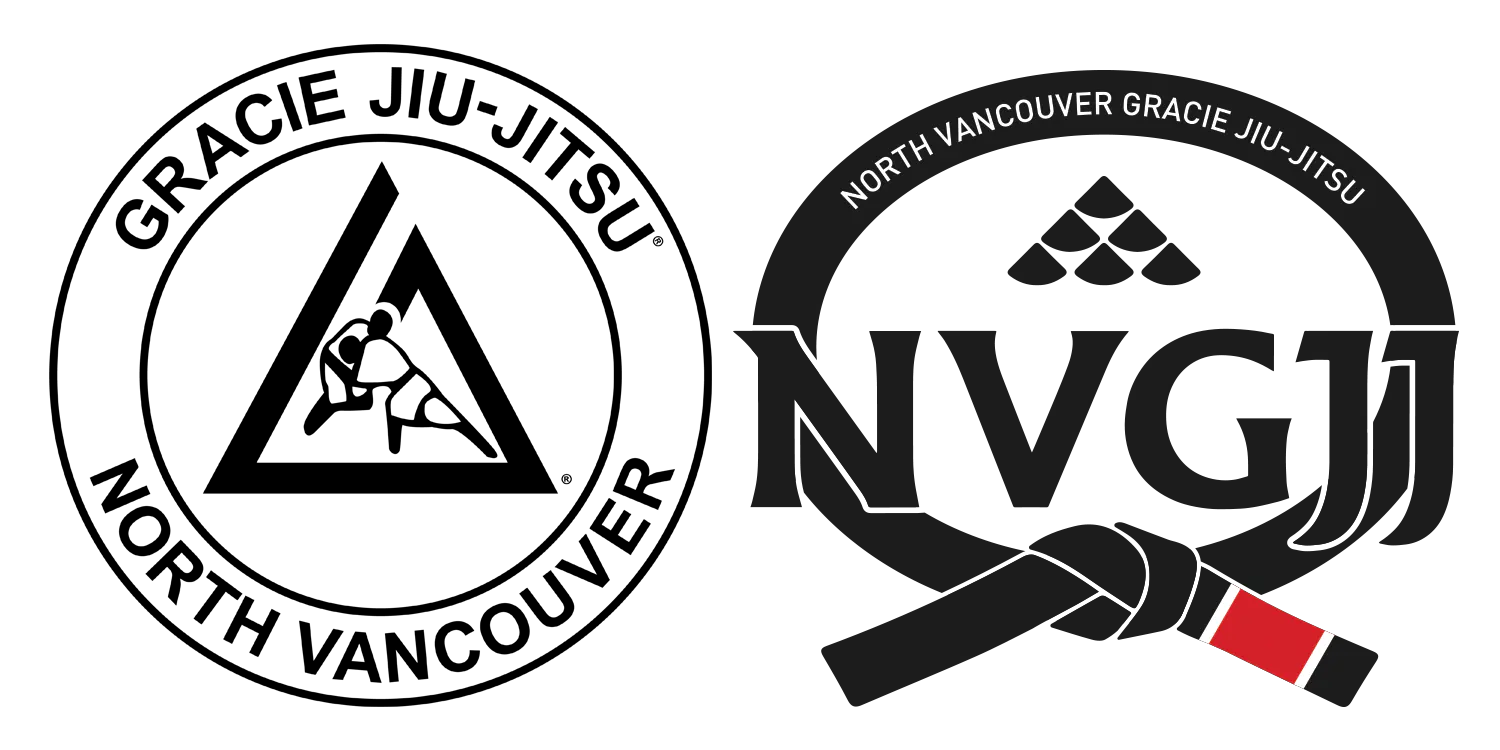26 Mar WHO IS THE MOST DANGEROUS OPPONENT?
“There are some things that can beat smartness and foresight? Awkwardness and stupidity can. The best swordsman in the world doesn’t need to fear the second best swordsman in the world; no, the person for him to be afraid of is some ignorant antagonist who has never had a sword in his hand before; he doesn’t do the thing he ought to do, and so the expert isn’t prepared for him; he does the thing he ought not to do; and often it catches the expert out and ends him on the spot.”– Mark Twain
Most Jiu Jitsu schools today dedicate a significant amount of time learning the “sport” of Jiu Jitsu.
Even when a student is brand new, teachers initiate students to the idea that a choke, or an armlock is something that is important to immediately train to avoid. Question– What percentage of real life attackers know armlocks and chokes? Answer: “Less than 1%. Which means, their primary dangerous weapon will be strikes.
I always liken the early stages of someone’s Jiu Jitsu training to be installing a set of mental and physical responses to indicators, like the ground rules of chess (you can move your Pawn there, but your King is open, etc.). If a student remains 100% focused on using JIU JITSU vs an aggressive attacker, whose behaviour is identical to the most dangerous, striking large opponent, we will be prepared for that in the best way possible. Someone already trained in the techniques of Jiu Jitsu is the best opponent you could hope for on the street! It’s incredibly unlikely to meet someone trained in Jiu Jitsu in a real fight, which makes it ridiculous to start to learn to defend against Jiu Jitsu behaviours early on in your journey. If you did find yourself going against a Jiu Jitsu practitioner, he might try to armlock you, or put you in a restraining choke, and if you were to give up, HE/SHE will almost certainly LET YOU GO. That isn’t very dangerous is it?
For this reason, we focus 100% on the most dangerous type of attacker at the beginning of a student’s Jiu Jitsu journey; someone whose only tools are violence and aggression. This approach offers several amazing advantages:
While drilling, one partner will learn to simulate with increasing resistance the aggression of a real attacker while the other gets to repeat the movement. This allows both partners the following benefits:
- More repetition of fundamental movements. The movements that work against real attackers are the fundamental core movements; who wouldn’t want ample time to master these movements first?
- A deeper understanding of how a real attacker behaves. Most people underestimate the true chaos involved in a real attack. The benefit of playing both roles is the ability to see any defence situation from both angles: attacker and defender!
- The ability to become a “Jiu Jitsu Scientist”. This benefit comes from the ability to drill the move and know what it really FEELS like when you succeed with it. Later, when we are sharpening the sword with technical sparring, we will know the difference when a move is muscled, versus a technical, smooth, leverage based movement. We learn to recognize this early and when it’s not right we can make the necessary adjustments due to our detail oriented training.
- We have taken the time to appreciate the details in what makes a move work. Later on, when we are introduced to more complicated movements, we have already developed the ability to know how a precise technique feels when you perform a perfect move!
- We become the best training partners. The best training partner does not learn to resist or compete with their partner immediately. They learn to role play the exact attacker our parter is training for. It makes sense that someone would be preparing for a certain type of attacker at any point in their Jiu Jitsu training. The first and most dangerous being the larger, powerful aggressor. Later, you may be preparing simply to avoid the control of your partners in class, and we have already practiced so much being a good partner, we can help you solve the problem you are working on more quickly and efficiently because we have developed an environment of problem solving.
- Avoiding the confusion that comes with learning only sportive techniques or learning a mixture of sportive and self defence techniques at the same time: Learning a new skill, should be clear, and linear. Our concern is that schools that give a mix of self defence and sportive techniques early on does not allow students time to focus on the real reason that they sought out martial arts training in the first place: to learn something that functions in a realistic, effective way in any situation. I assert that learning one headlock defence, then learning 10 techniques that score points in tournaments does not actually allow the reflexes to deal with the chaos of a real situation to truly develop.
- Gracie Jiu Jitsu is fun, and definitely fascinating. The impact it has made on the world of fighting is unmistakeable. People realized, that violence, punching and kicking were not the most effective strategy against someone with more mass, horsepower, and willingness to commit violence. What if, when you watched a giant walk past, you thought; “interesting”. The best way to become prepared is to learn something you can sink your teeth into, not get injured, and work your way up incrementally.
This is why we believe that learning the Gracie way is the best way to build the most skills, most efficiently. If you know anyone who is interested in the value of martial arts training, please send them to us, we will take care of them. Come check out our programs, starting with Gracie Combatives, and Women Empowered. It’s the logical, efficient approach. The first 10 days is completely free!

